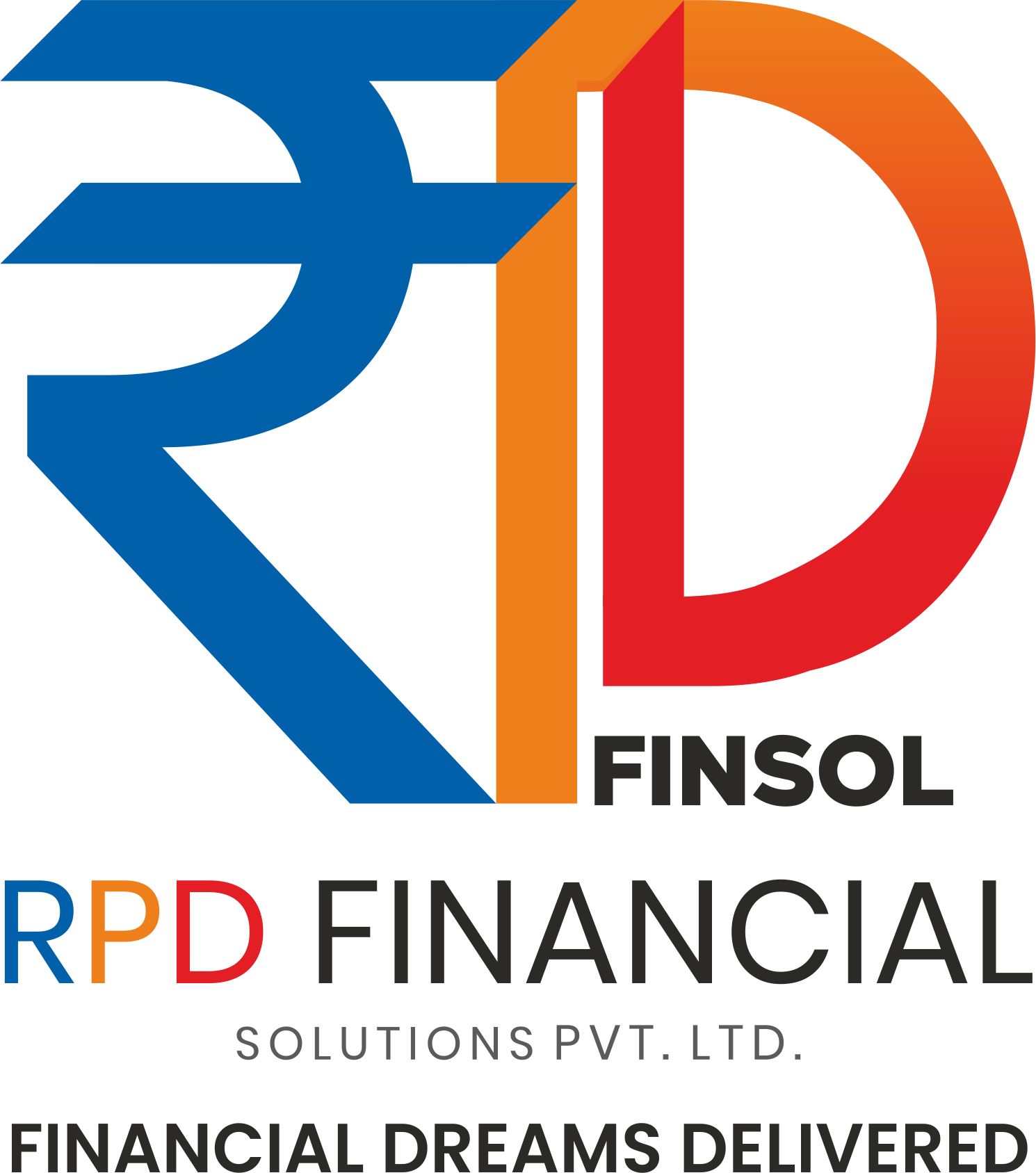1. Project Financing
Concept
Project finance is the financial analysis of the complete life-cycle of a project. Typically, a cost-benefit analysis is used to determine if the economic benefits of a project are larger than the economic costs. The first step of the analysis is to determine the financial structure, a mixture of debt and equity, that will be used to finance the project. Then, identify and value the economic benefits of the project and determine if the benefits outweigh the costs.
Features of Project Finance
-
Capital Intensive Financing Scheme:
Project Financing is ideal for ventures requiring huge amount of equity and debt, and is usually implemented in developing countries as it leads to economic growth of the country. Being more expensive than corporate loans, this financing scheme drives costs higher while reducing liquidity. Additionally, the projects under this plan commonly carry Emerging Market Risk and Political Risk. To insure the project against these risks, the project also has to pay expensive premiums.
-
Risk Allocation:
Under this financial plan, some of the risks associated with the project is shifted towards the lender. Therefore, sponsors prefer to avail this financing scheme since it helps them mitigate some of the risk. On the other hand, lenders can receive better credit margin with Project Financing.
-
Multiple Participants Applicable:
As Project Financing often concerns a large-scale project, it is possible to allocate numerous parties in the project to take care of its various aspects. This helps in the seamless operation of the entire process.
-
Asset Ownership is decided at the Completion of Project:
The Special Purpose Vehicle is responsible to overview the proceedings of the project while monitoring the assets related to the project. Once the project is completed, the project ownership goes to the concerned entity as determined by the terms of the loan.
-
Zero or Limited Recourse Financing Solution:
Since the borrower does not have ownership of the project until its completion, the lenders do not have to waste time or resources evaluating the assets and credibility of the borrower. Instead, the lender can focus on the feasibility of the project. The financial services company can opt for limited recourse from the sponsors if it deduces that the project might not be able to generate enough cash flow to repay the loan after completion.
-
Loan Repayment with Project Cash Flow:
According to the terms of the loan in Project Financing, the excess cash flow received by the project should be used to pay off the outstanding debt received by the borrower. As the debt is gradually paid off, this will reduce the risk exposure of financial services company.
-
Better Tax Treatment:
If Project Financing is implemented, the project and/or the sponsors can receive the benefit of better tax treatment. Therefore, this structured financing solution is preferred by sponsors to receive funds for long-term projects.
-
Sponsor Credit Has No Impact on Project:
While this long-term financing plan maximises the leverage of a project, it also ensures that the credit standings of the sponsor has no negative impact on the project. Due to this reason, the credit risk of the project is often better than the credit standings of the sponsor.
Stages of Project Finance
1. Pre-Financing Stage:
2. Financing Stage:
3. Post Financing Stage:
Advantages of Project Finance
- Risk Management
- Effective Debt Allocation
- Economies of Scale
- Reduced overall Asset Cost
- Placement of Free Cash Flow
- Attract large debt with minimum risk
- Set up and run several projects simultaneously;
- Minimize equity outlay, and thus to maximize debt-to-equity ratio, Increased leverage makes it possible to maximize NPV;
- Limit or eliminate the recourse nature of the financing;
- attract debt financing and credit enhancement that is available to the project itself, but unavailable to the project sponsor as a direct loan;
Disadvantages of Project Finance
- Complexity
- Compliance & Documentation
- Constant Expert Assistance
- Higher Transaction Cost
Parties to Project Finance
Sponsors
Sponsors are usually the equity share capital holders of the parent company
Banks/Financial Institutions
It may be a single lender or a consortium of financial institutions. The loan is secured strictly against the cash flows and assets of the SPV only. Therefore, sufficient due diligence is performed before the grant of any credit.
Special Purpose Vehicle (SPV)
It is basically the Project Company that will own, develop, construct, operate, maintain, conduct, etc. the project. It is a separate legal entity floated by the sponsors of the project. The project finance obtained is directed exclusively only towards this SPV.
Host Government
Refers to the government of the home country where the SPV is located. The SPV must be incorporated in accordance with the government’s rules and regulations. It also often acts as a guardian angel in providing various tax concessions, subsidies, and rebates, permits, licenses and authorisations.
Off Takers
Off-takers are bound via an off-take agreement to mandatorily purchase a certain minimum quantity of produce from the selling party. An off-take agreement is a frequently resorted to in mining, construction and other industries. The vendor (SPV) incurs a huge amount of capital expenditure. An off-take agreement ensures the seller of the existence of a market upon completion.
Suppliers & Contractors
As in any construction job, suppliers and contractors are necessary for the execution of a contract. They are the key suppliers of raw material. They also perform crucial functions such as design and build (D&B), operations and maintenance (O&M), etc.

 CUSTOMER SUPPORT 9607619191
CUSTOMER SUPPORT 9607619191